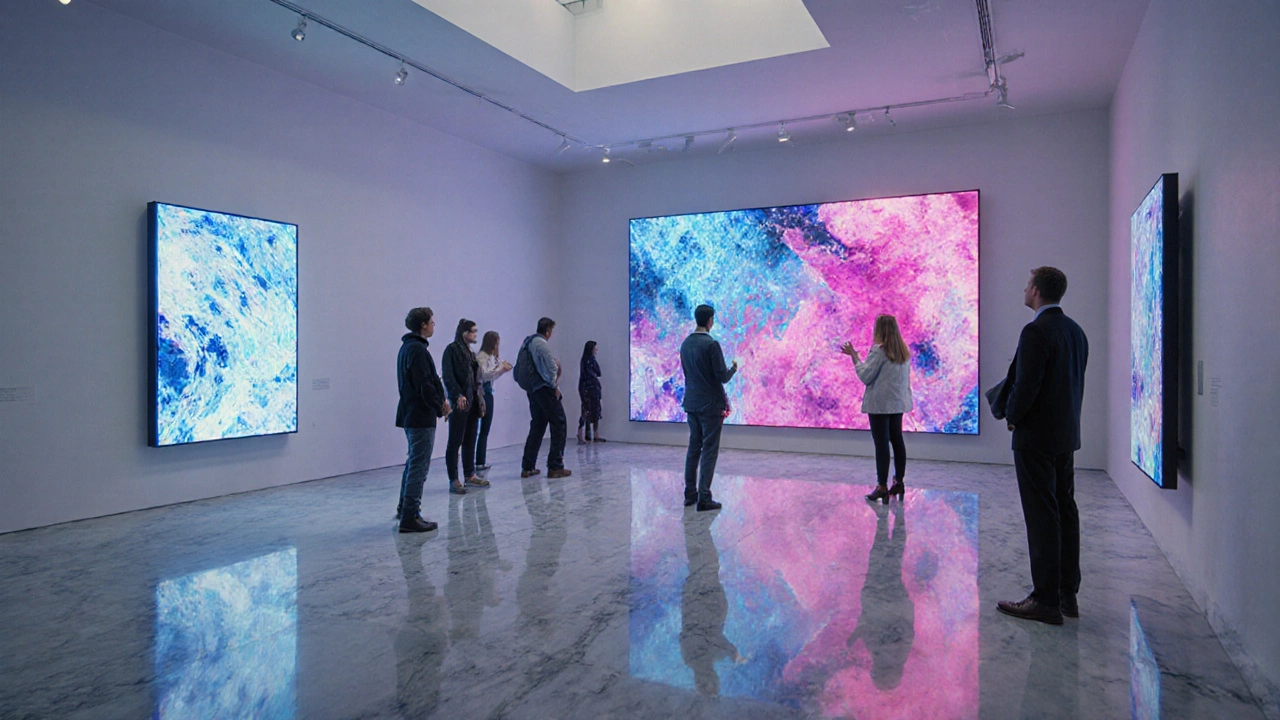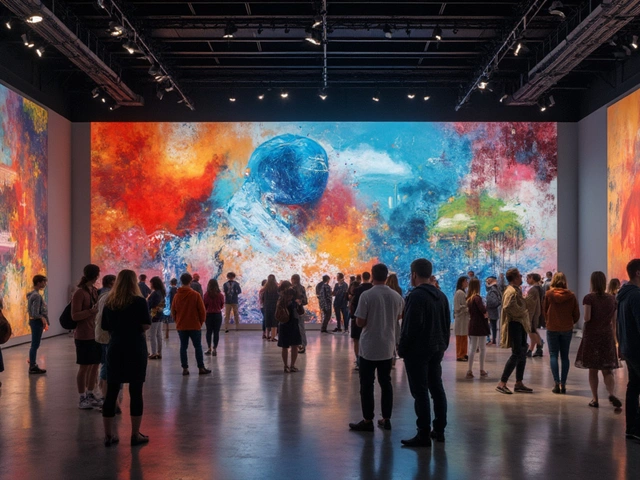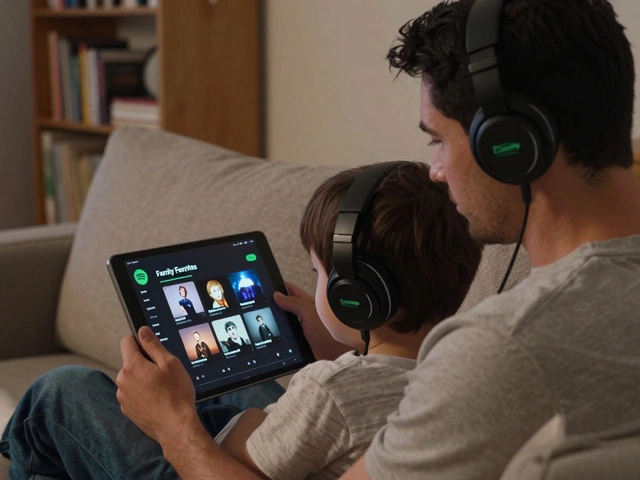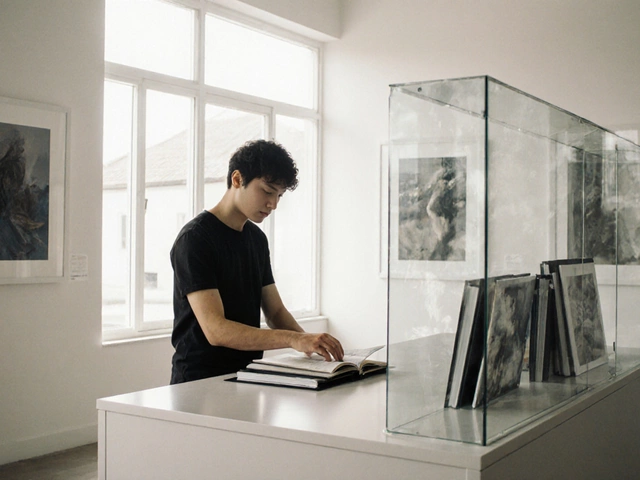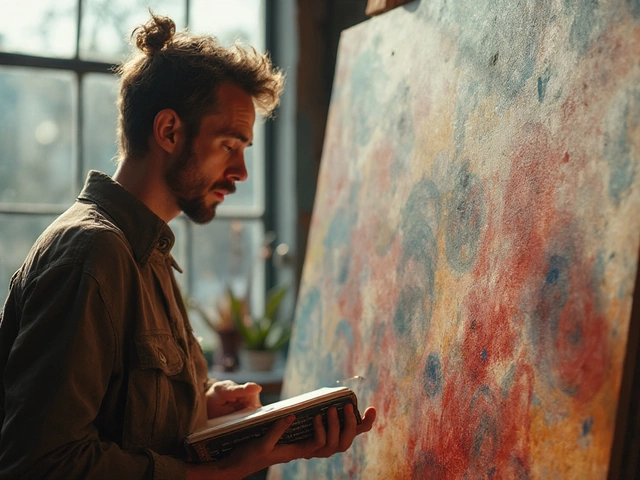Post‑Internet Art: What It Is and Why It Matters
When talking about post‑internet art, a movement that reflects on the internet’s impact on visual culture. Also known as post‑digital art, it blends offline and online experiences, using the web as both medium and subject. In the same breath, digital art, art created or presented with digital technology provides the tools, while new media, forms like video, interactive installations, and VR expands the playground. Together they reshape how we think about authorship, distribution, and audience interaction.
Why Post‑Internet Art Resonates Across the Art World
One key semantic triple is: post‑internet art encompasses new media practices. Another: it requires an understanding of internet culture, because memes, hashtags, and algorithmic feeds often become visual vocabularies. A third connection links digital art influencing the aesthetics of post‑internet works, visible in glitch aesthetics, data‑driven visuals, and hyper‑realistic renderings. These links give the movement a hybrid character—artists borrow from contemporary art traditions while exploiting the speed and reach of online platforms.
Historically, the shift started in the early 2000s when artists began to question whether the internet was just a tool or a cultural condition. They responded by embedding online behaviors—scrolling, clicking, sharing—into their practice. The result is a body of work that can exist as a website, a printed billboard, or a gallery installation, each version echoing the others. This fluidity mirrors the way we consume media today: never fixed, always remixable.
Practically, post‑internet art challenges the conventional studio workflow. Artists often work with cloud‑based software, collaborative platforms, and real‑time data feeds. They might pull live social‑media statistics into a painting or program a generative piece that updates daily. The emphasis moves from pure craftsmanship to a mixed skill set that includes coding, data analysis, and a keen sense of digital trends. As a result, the market sees works that blur the line between fine art and tech product, attracting collectors interested in both aesthetic and conceptual novelty.
For educators and learners, the tag brings together a variety of topics covered in our articles: the evolution from modern to contemporary art, the rise of abstract expressions in digital spaces, and the economics of selling prints online. Readers will find deep dives into artists like Beeple, who epitomize the post‑internet ethos, alongside practical guides on digitizing traditional works. This blend ensures both theory‑hungry visitors and hands‑on creators get something useful.
Below, you’ll discover a curated list of posts that unpack the history, techniques, and market dynamics of post‑internet art. From the role of iconic figures in shaping the movement to step‑by‑step advice on turning your own creations into digital assets, the collection offers a comprehensive roadmap for anyone curious about this ever‑evolving field.
What Is the Most Modern Art Style? A Deep Dive Into Today’s Cutting‑Edge Movements
Explore today's cutting‑edge art movements-from AI‑generated pieces to immersive VR installations-to discover which style truly qualifies as the most modern.
Continue Reading